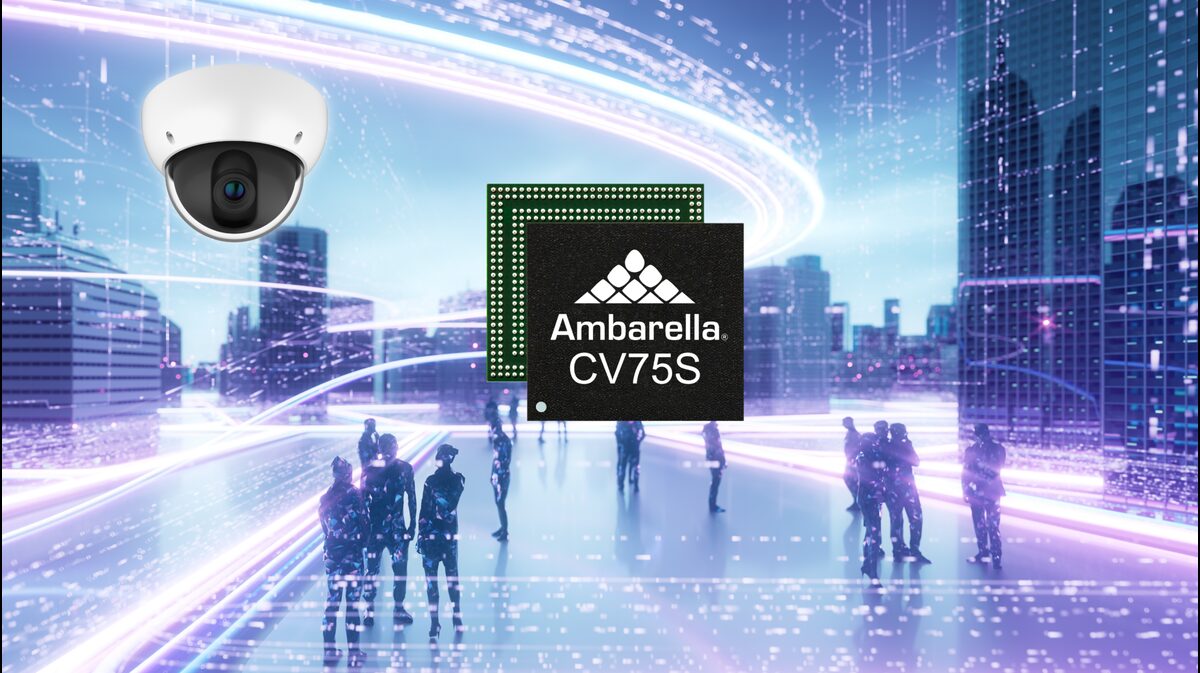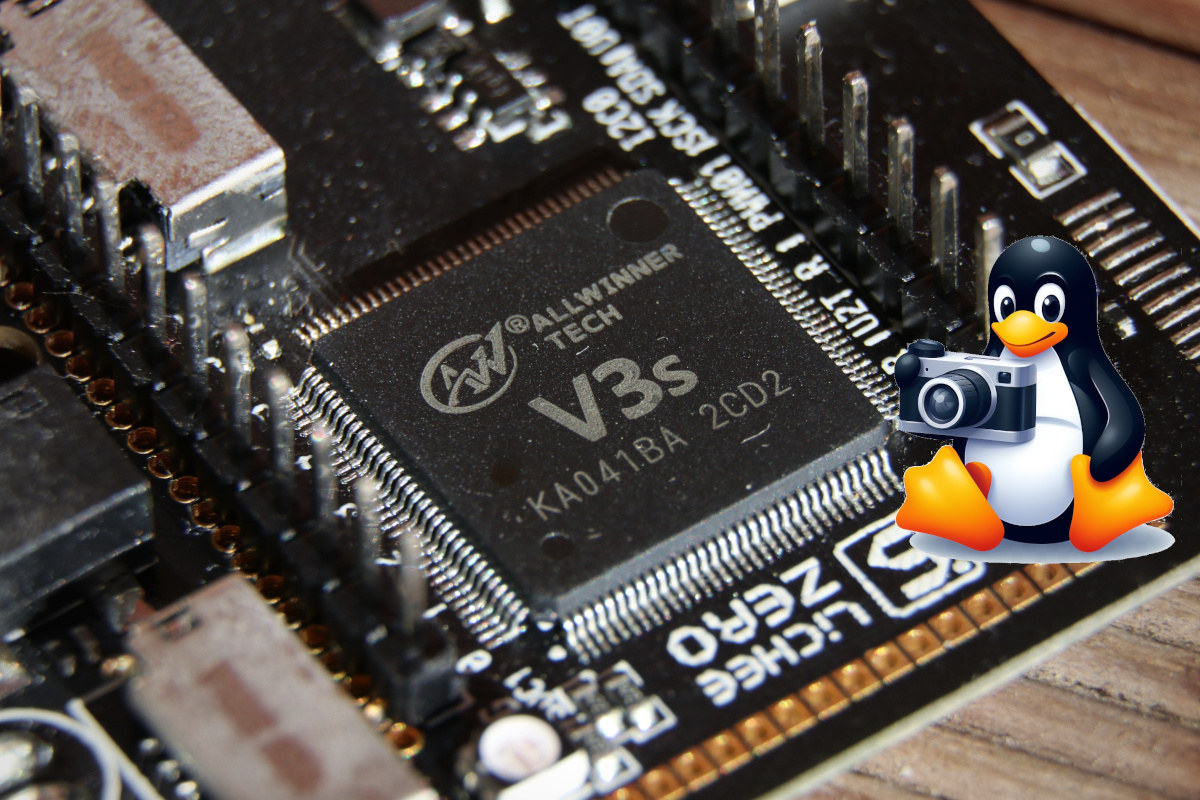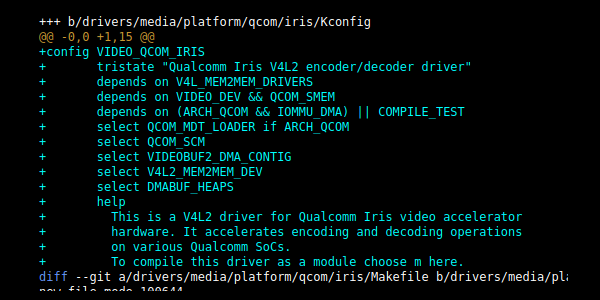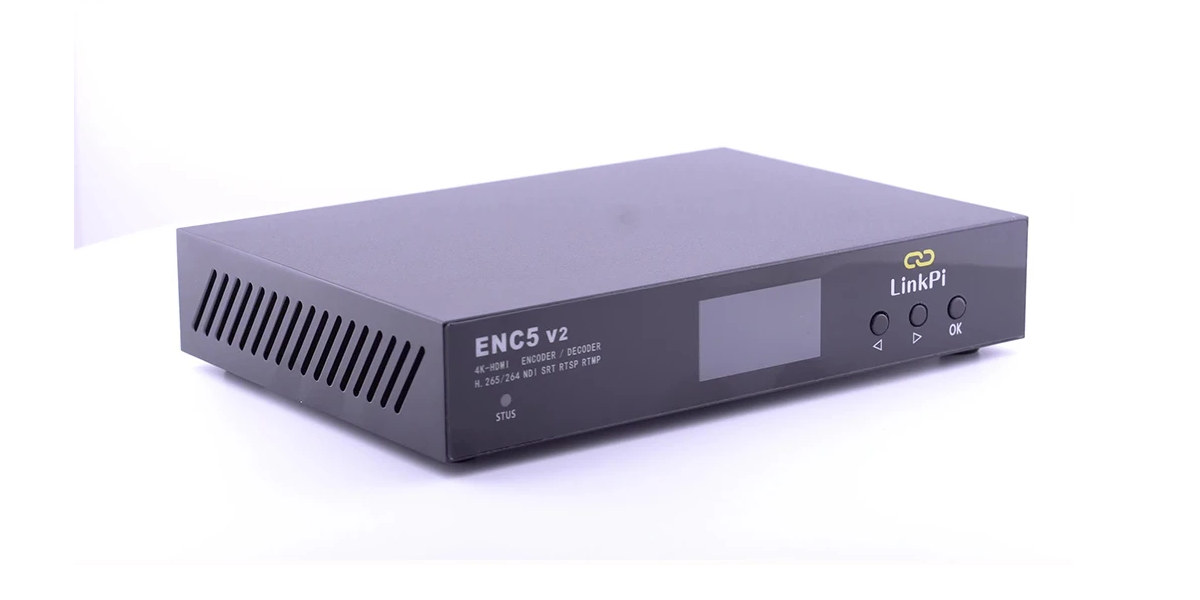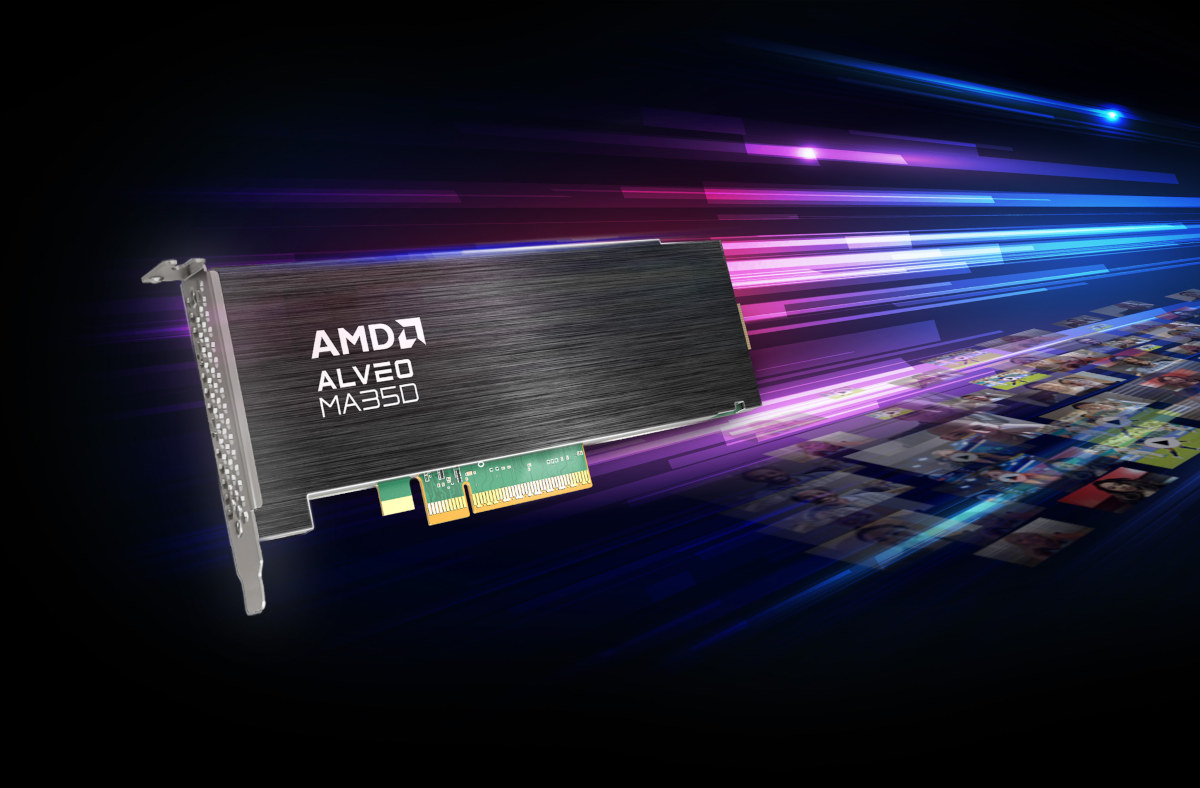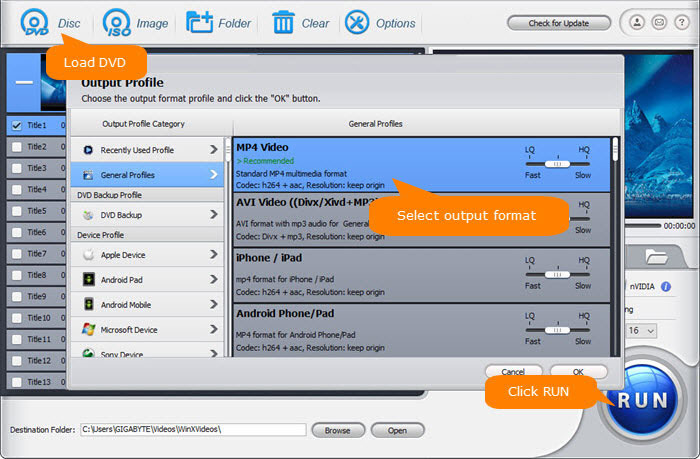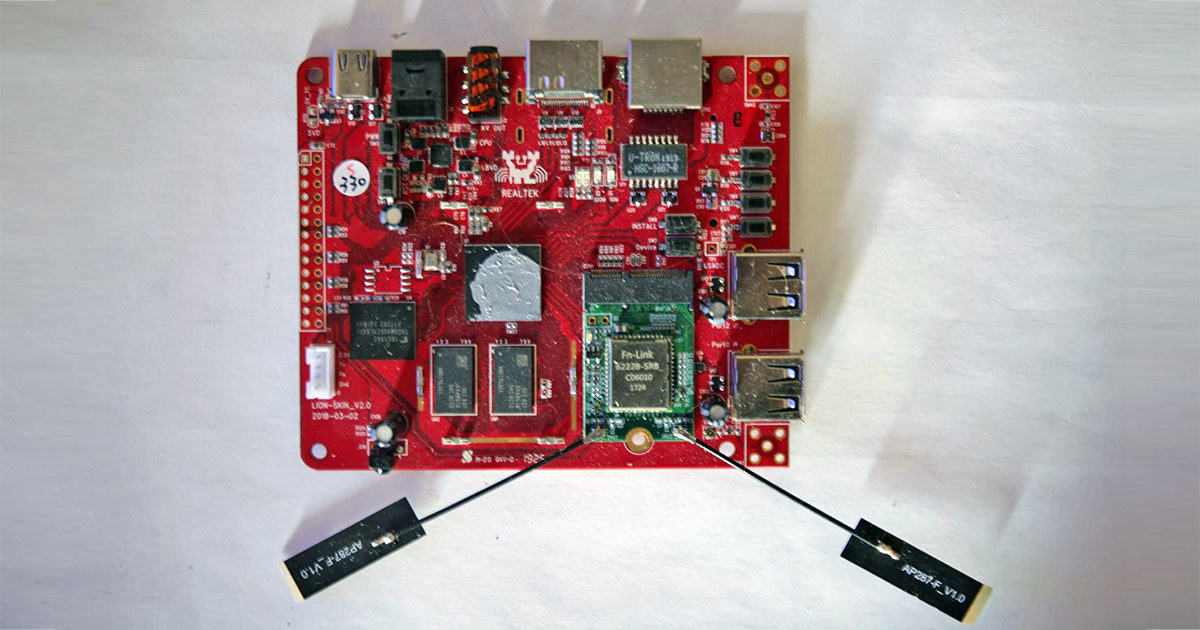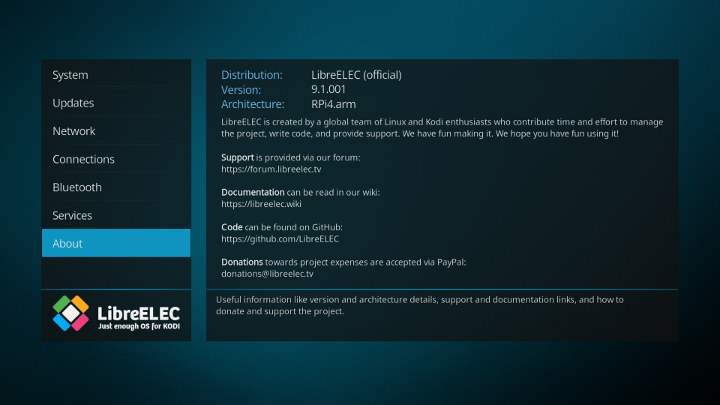Ambarella has been expanding its AI SoC portfolio, and the latest addition is the CV75S family of 5nm chips. The company claims this family introduces the most cost- and power-efficient SoC option for running the latest AI-based image processing like vision language models (VLMs) and vision transformer networks in security, robotics, conferencing, and sports cameras. The CV75S family is the first in Ambarella’s lineup to integrate the latest CVflow 3.0 AI engine, which results in 3 times the performance compared to the former generation. CVflow 3.0 is a chip architecture designed based on a deep understanding of the core computer vision algorithms. It features a dedicated vision-processing engine that Ambarella has programmed using a high-level algorithm description and works with Tensorflow, Caffe, and PyTorch. This engine enables the SoC to perform trillions of operations each second at a fraction of the power consumption of leading GPUs and general-purpose CPU solutions. These chips also […]
Allwinner VPU gets open-source Linux driver for its H.264 hardware video encoder
Long-time readers of CNX Software may remember Bootlin’s crowdfunding campaign launched in 2018 to bring open-source Allwinner VPU drivers to take care of hardware video encoding and decoding in mainline Linux. They managed to raise enough funds (over 30,000 Euros) from small donors and several companies (Olimex, Pine64, Libre Computer, FriendlyELEC, and Orange Pi) to work on open-source VPU drivers for mainline Linux, but only for MPEG2, H264, and H265 decoding for in a range of Allwinner SoCs such as the A20 and H5, but not quite enough to cover the cost of H264 video encoding. Five years later, Bootlin took it upon themselves to complete the work without backing or support from Allwinner and have now released an open-source Linux-kernel based V4L2 driver to support the H.264 video encoder found in Allwinner V3, V3s, and S3 camera SoCs. The new driver builds upon earlier work by the company to […]
Qualcomm Iris video decoder & encoder gets Linux V4L2 driver
Qualcomm engineer Vikash Garodia has just pushed a commit to add “Qualcomm Iris V4L2 encoder/decoder driver” to mainline Linux enabling support for H.264, H.265, and VP9 decoding, H.264 and H.265 encoding, as well as M2M and STREAMING capabilities. The Adreno GPUs found in Qualcomm SoC have been supported by the open-source Freedreno driver for several years, but this was not the case with the IP block taking care of hardware video encoding and decoding. The latest patchset addresses this issue for “Qualcomm’s new video acceleration hardware architecture”, meaning it might not work for older Qualcomm processors. The list of features implemented in the Iris V4L2 encoder/decoder driver: Centralized resource and memory management. Centralized management of core and instance states. Defines platform-specific capabilities and features providing a single point of control to enable/disable a given feature depending on specific platform capabilities. Handles hardware interdependent configurations. Handles multiple complex video scenarios involving […]
Link Pi ENC5 v2 video encoder supports up to 5 4Kp30 HDMI inputs
The Link Pi ENC5 v2 is a video encoder with five HDMI inputs up to 4Kp30, one HDMI output, two audio jacks, Gigabit Ethernet, and a USB 3.0 port that supports RTSP, ONVIF, SRT, and NDI streaming protocols. The system appears to be based on the Hisilicon Hi3531DV200 quad-core Cortex-A53 processor and features 8GB eMMC flash for the OS, plus 4GB RAM. The USB port can be used to record videos to an external hard drive or flash drive or add WiFi or 4G/5G cellular connectivity. Link Pi ENC5 v2 specifications: SoC – Unnamed, but some of the specs are matching the Hisilicon Hi3531DV200 SoC CPU – Arm Cortex A53 quad-core processor @ 1.2GHz with 32KB l-Cache, 32KB D-Cache VPU Decode – H264, H264, MJPEG Encode – Up to 4Kp30 / 1080p60 H.264 Main/Baseline/High/ profiles, H.265 Main profile, MJPEG/JPEG Max Bitrate – 20Mbps Bit rate control – CBR, VBR, AVBR, […]
AMD Alveo MA35D media accelerator transcodes up to 32 1080p60 AV1 streams in real-time
AMD Alveo MA35D media accelerator PCIe card is based on a 5nm ASIC capable of transcoding up to 32 Full HD (1080p60) AV1 streams in real-time and designed for low-latency, high-volume interactive streaming applications such as watch parties, live shopping, online auctions, and social streaming. AMD says the Alveo MA35D utilizes a purpose-built VPU to accelerate the entire video pipeline, and the ASIC can also handle up to 8x 4Kp60, or 4x 8Kp30 AV1 streams per card. H.264 and H.265 codecs are also supported, and the company claims its “next-generation AV1 transcoder engines” deliver up to a 52% reduction in bitrate at the same video quality against “an open source x264 veryfast SW model”. AMD Alveo MA350 highlights: Auxiliary CPU – 2x 64-bit quad-core RISC-V to perform control and board management tasks AI Processor – 22 TOPS per card for AI-enabled “smart streaming” for video quality optimization Memory – 16GB […]
WinX DVD Ripper Platinum supports Level-3 hardware acceleration (Sponsored)
While it’s possible to tip DVDs without compression, doing so takes a lot of storage space, so most people will transcode DVD to MP4 or other video formats. One program that can help is WinX DVD Ripper that will convert an ISO image or rip a DVD to MP4 with H.264 or HEVC codec, AVI, WMV, FLV, MOV, MPEG, etc…, to save the file a hard drive or NAS, and let you watch it on a computer, HDTV, Android, iPhone, iPad, Xbox One S, PS4/5, etc… WinX DVD Ripper is a free program that works in Windows 10/11 or Mac OS, with a premium version called WinX DVD Ripper Platinum that relies on Level-3 hardware acceleration leveraging NVIDIA, AMD, or Intel GPU acceleration to slash encoding time, as well as support recovery for scratch optical media, 99-title DVDs, and provide editing features. If you own a small collection of DVDs, […]
Testing Hercules OTT Realtek RTD1395 4K Android STB Development Board
This is a guest post by Promwad, a software and hardware product development company with DTV & STB development expertise and know-how. Recently, they received a package from Realtek, their partner in Taiwan. There was a Realtek RTD1395 development board inside – Hercules 32-bit OTT – with 2 GB RAM and pre-installed Android 9 OS. Promwad team tested what it’s capable of and how it can be used by hardware and software engineers who design new TV set-top boxes and develop embedded software. Hercules OTT board is an Android IPTV box that plays videos of any formats with a maximum resolution of 4K. Streaming services such as Youtube, Netflix, etc. are supported via Dash and HLS. Also, the board supports other Android apps, including audio/video calls and conferencing. Realtek introduced RTD1395-based boards back in 2018. IP and cable TV operators used them in their subscriber devices. The RTD1395 chip with […]
4K Video Playback on Raspberry Pi 4 with LibreELEC (Alpha)
In my short Raspberry Pi 4 review, I tested 4K video output and playback in Raspbian, and sadly neither are working properly, with video output stuck to 1080p60 even after selecting 4K HDMI in the settings and yes, I double checked for “hdmi_enable_4k=1” in config.txt, while H.265 video playback is still clearly using software decode in both VLC and omxplayer. However, LibreELEC team announced support for Raspberry Pi 4 in LibreELEC 9.2 Alpha1 release based on Kodi 18.3 and Linux 4.19.x. So I downloaded LibreELEC-RPi4.arm-9.1.001.img.gz and flash it to a microSD card with balenaEtcher. The good news is that I could manually set the resolution to 3840×2160 and confirm it works with my TV, but the refresh is limited to 30 Hz maximum. Other refresh rates currently available include 23.98 Hz, 24 Hz, 25 Hz, and 29.97 Hz. The hardware is capable if 4K 60Hz, so it’s just a question […]


